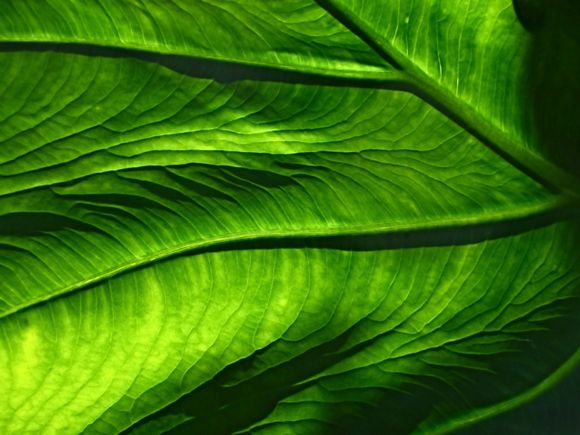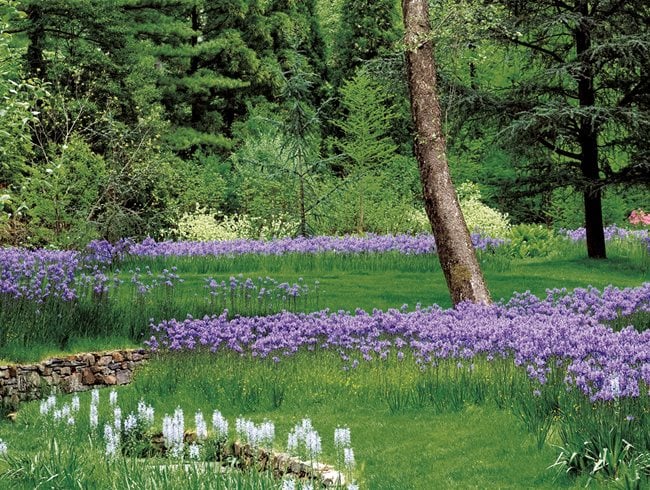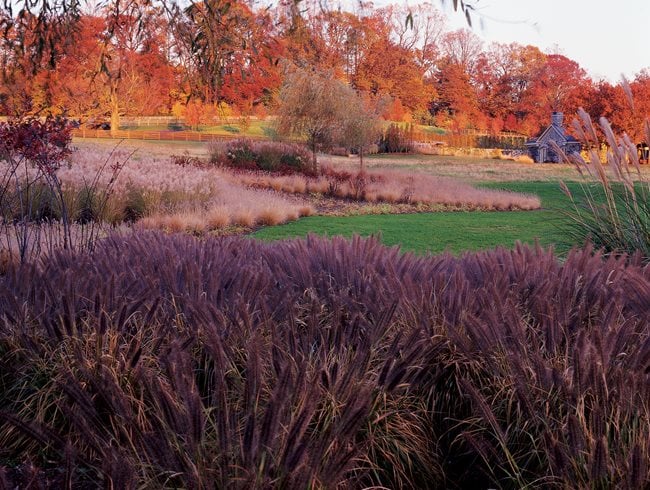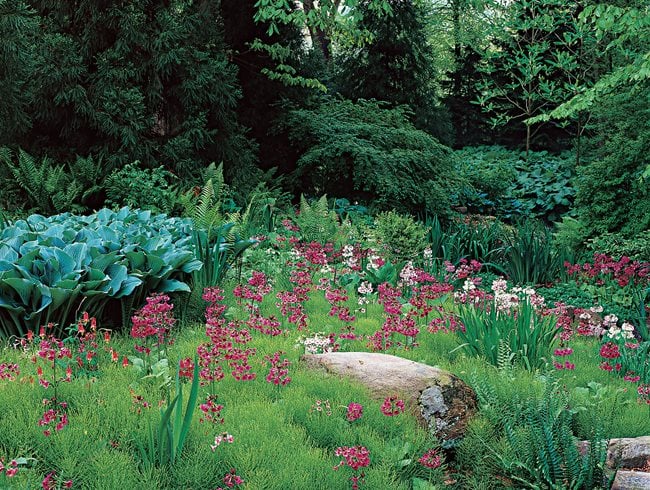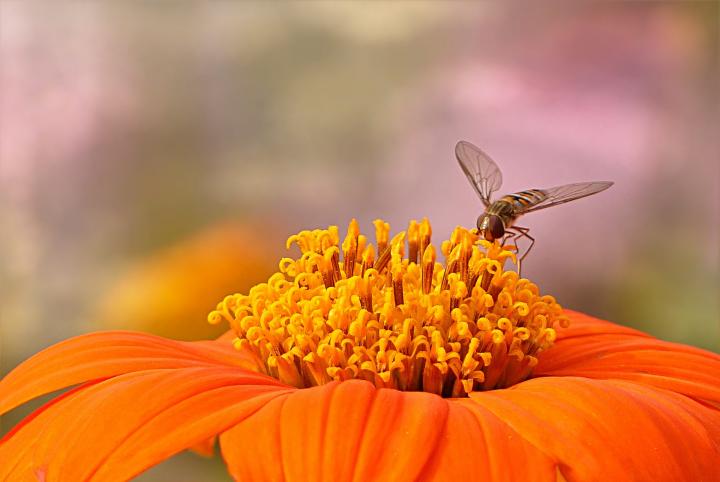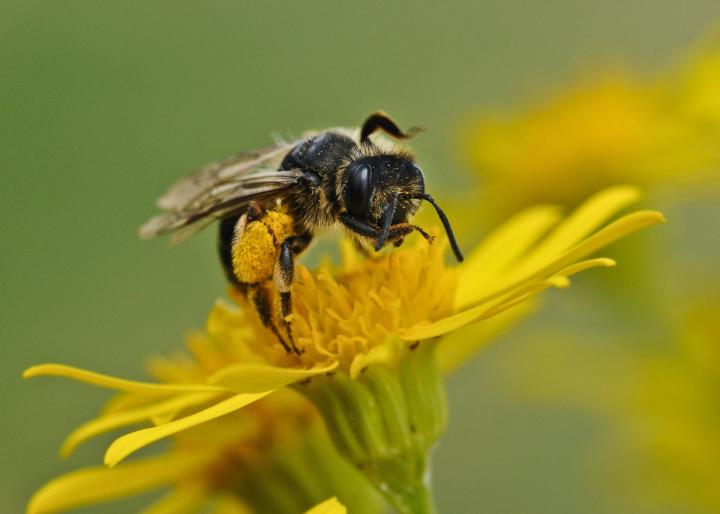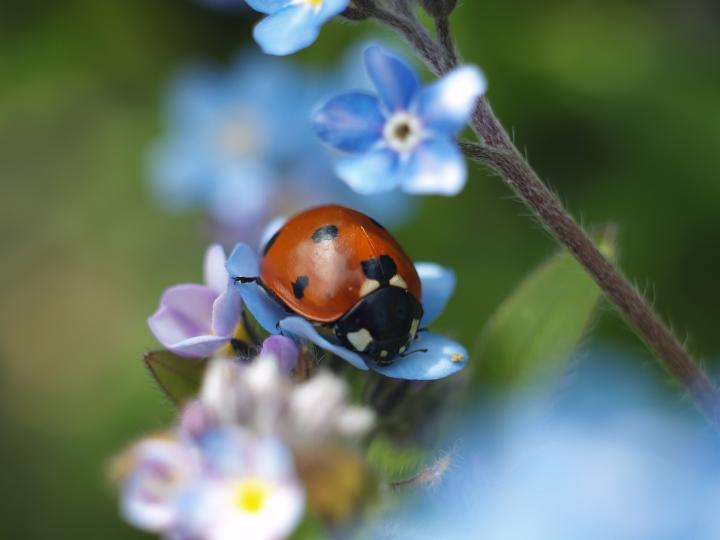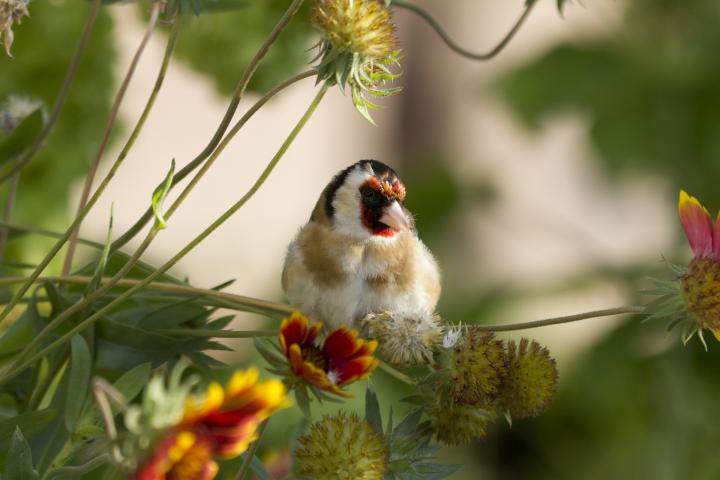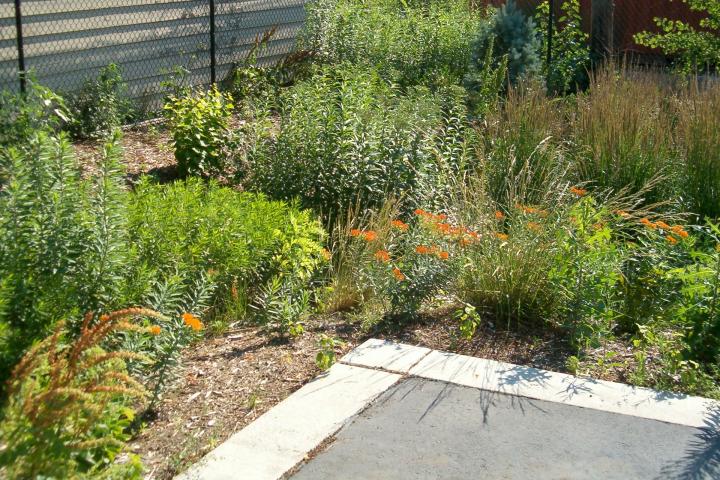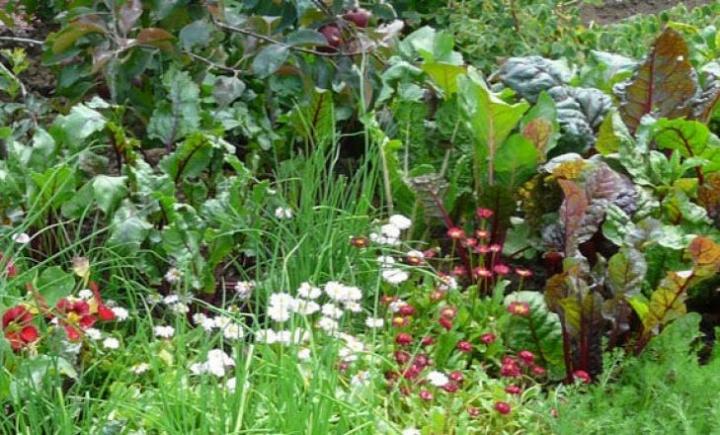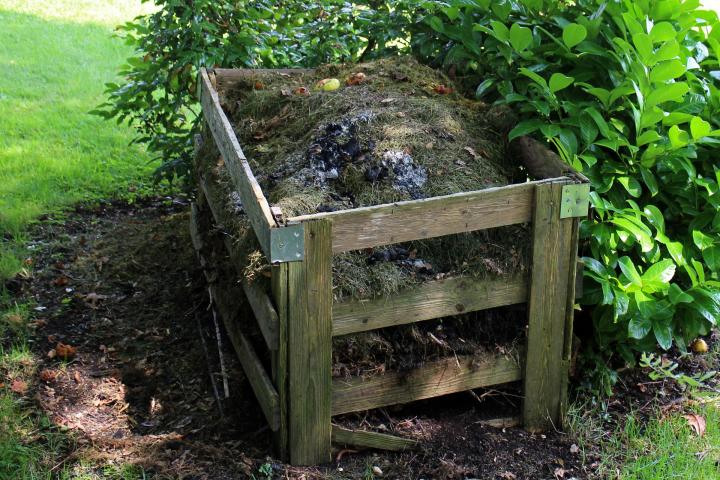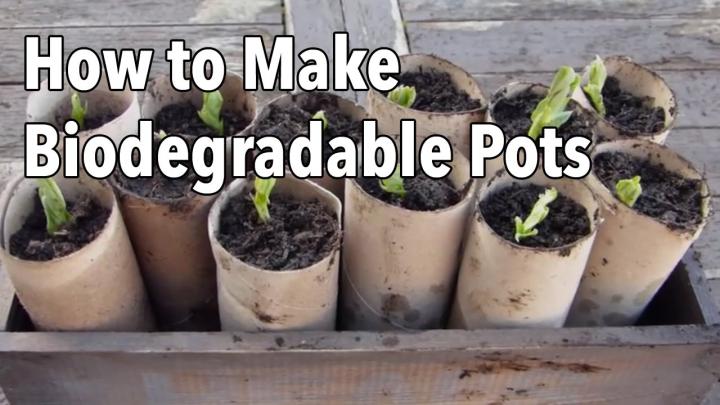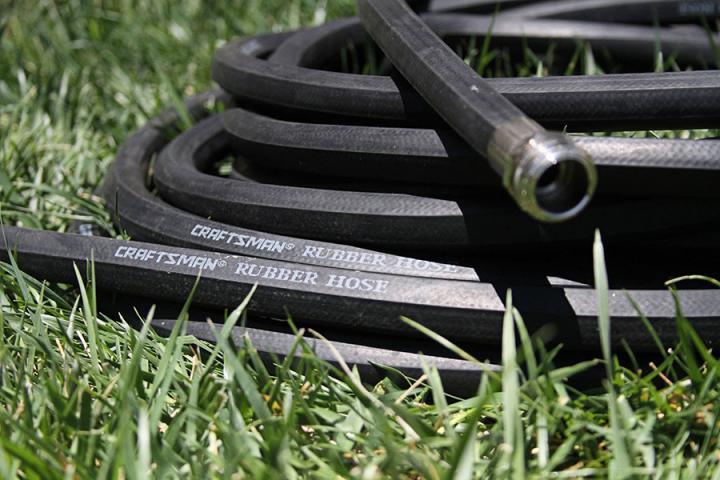Creating and tending to a garden, no matter how small, can be so healing and renewing! Especially for those of us who live in the city, even having a few potted flowers and plants on a small patio has the potential to bring much joy. Besides having colorful nature to gaze upon whenever you look out the window, you may find that, depending on the types of flowering plants and shrubs you have, you may receive frequent visits from butterflies, hummingbirds, and other birds who come to sip nectar.
Here is an article from Popular Science about how we can attract more butterflies into our gardens.
Butterflies drink more than nectar—here’s how to turn your yard into an oasis
These beautiful insects like to get a little dirty.
BY KRISTINE NEMEC | UPDATED SEP 3, 2021 2:23 PM

Tiger swallowtails are among the more common butterfly species to use watering areas. Courtesy of David Mizejewski
With heat waves becoming more common across the US, butterflies are just some of the many wild creatures that may not be getting enough fluids and nutrition. Butterflies, as books and television have shown us, obtain a lot of their hydration from flower nectar. Yet sipping water from muddy soil, known as puddling, provides key nutrients for reproduction that nectar can’t provide.
“It’s mostly male butterflies who puddle, and you often see them in large groups,” says Nathan Brockman, butterfly wing curator at Iowa State University’s Reiman Gardens. The more males at a location, the more likely other males will stop to see if there’s something they should be getting. Watering areas are often muddy soil or… other sources of fluid.
David Mizejewski, naturalist with the National Wildlife Federation and author of Attracting Birds, Butterflies, and Other Backyard Wildlife, said many people “have an image of butterflies being magical creatures that flit around drinking flower nectar.” In reality some butterflies sip liquid from dung, urine, and rotting fruit. Males incorporate salts and minerals from these sources or mud into their sperm. Females absorb those nutrients during mating, increasing egg survival.
By adding a butterfly-friendly watering area near your pollinator garden or flower bed, you can provide butterflies with much-needed moisture and nutrients. Try your hand at one of these three easy-to-build watering areas.
Fill a dish with soil and water
If you like the idea of a contained watering area that roughly mimics a natural mud puddle, a simple dish may be a good option for you. Find a shallow bird bath or a saucer such as the drainage dish that goes under a flowerpot. Any container smaller than the size of a standard bird bath, or 15-20 inches wide, will be difficult for butterflies to find. Add organic garden soil since soil with chemical fertilizers can harm butterfly health. Mix in compost, sand, and even manure, which “sounds kind of gross but it’s got a ton of minerals and other nutrients in it,” says Mizejewski.
Next, add enough water to the mixture so it is muddy but does not have standing pools of water, which can encourage mosquitos to breed. Butterflies also have a hard time landing in water that is more than 1/4 to 1/8-inch deep and can get stuck. Place the dish on the ground or elevate it on a stand in a sunny spot in your yard.
Assemble a fruit feeder
Want to find a good use for overly ripe fruit you didn’t get around to eating? Place rotting bananas, watermelon, oranges, or apples in a shallow bowl or plate. Sprinkle some salt on the buffet to make it even more enticing. Some people add water to the dish to repel ants; if you do this, keep the water shallow, around a quarter-inch in depth. If you keep the water any deeper because it is drying quickly in hot weather, add plenty of rocks to ensure there are places for butterflies to land. Brockman also recommends adding little footholds to smooth dishes by dispensing lines of hot glue perpendicular to where the water line will be so butterflies can climb out. Don’t forget to bring your fruit feeder in at night—raccoons also like rotting fruit.
Create a muddy area in your yard
The most natural way to create a butterfly watering area is to maintain an area of exposed muddy soil in your yard. If you have an area that tends to be too wet, you could plant native wetland plants and turn it into a rain garden designed to absorb rainwater. To be most effective, the area should be roughly 5 feet by 5 feet, but “any little bit can help,” says Mizejewski. Incorporate some areas of bare soil, too. If you don’t have a low-lying wet area or don’t want a muddy spot in your yard, the soil mixture dish or fruit feeder may be better options for you.
What visitors to expect
When butterflies start using your watering area will depend: you may see them within a day, a week, or a month. None may show up if there isn’t enough butterfly habitat, like native host plants for caterpillars and nectar plants, around your yard and neighborhood.
Be prepared to also see many other types of insects such as beetles, wasps, flies, and bees visiting your watering area. All have their roles in your backyard ecosystem. For example, insects are a large part of many songbirds’ diet. Mud is a critical resource for ground-nesting native bees that use it to build a protective chamber wall for their eggs in underground tunnels. By helping native bees, you will also aid the many wildflowers, vegetables, and fruits that they pollinate.
If you want to go further, the watering area you make can be part of an oasis for butterflies, especially when combined with other habitat features such as native plants and places where adults and larvae may safely shelter, such as under leaves, brush piles, and rocks. Whatever you do, large or small, you’re sure to get a close-up view of nature.

Kristine Nemec is a restoration ecologist and a freelance writer and editor. When not at a computer, you may find her walking her shaggy terrier mix or cycling. Learn more about her at kristinenemec.com.
ANIMALSBUGSBUILD IT YOURSELFBUTTERFLIESDIY
(This article was first published on Popular Science, September 3, 2021)

